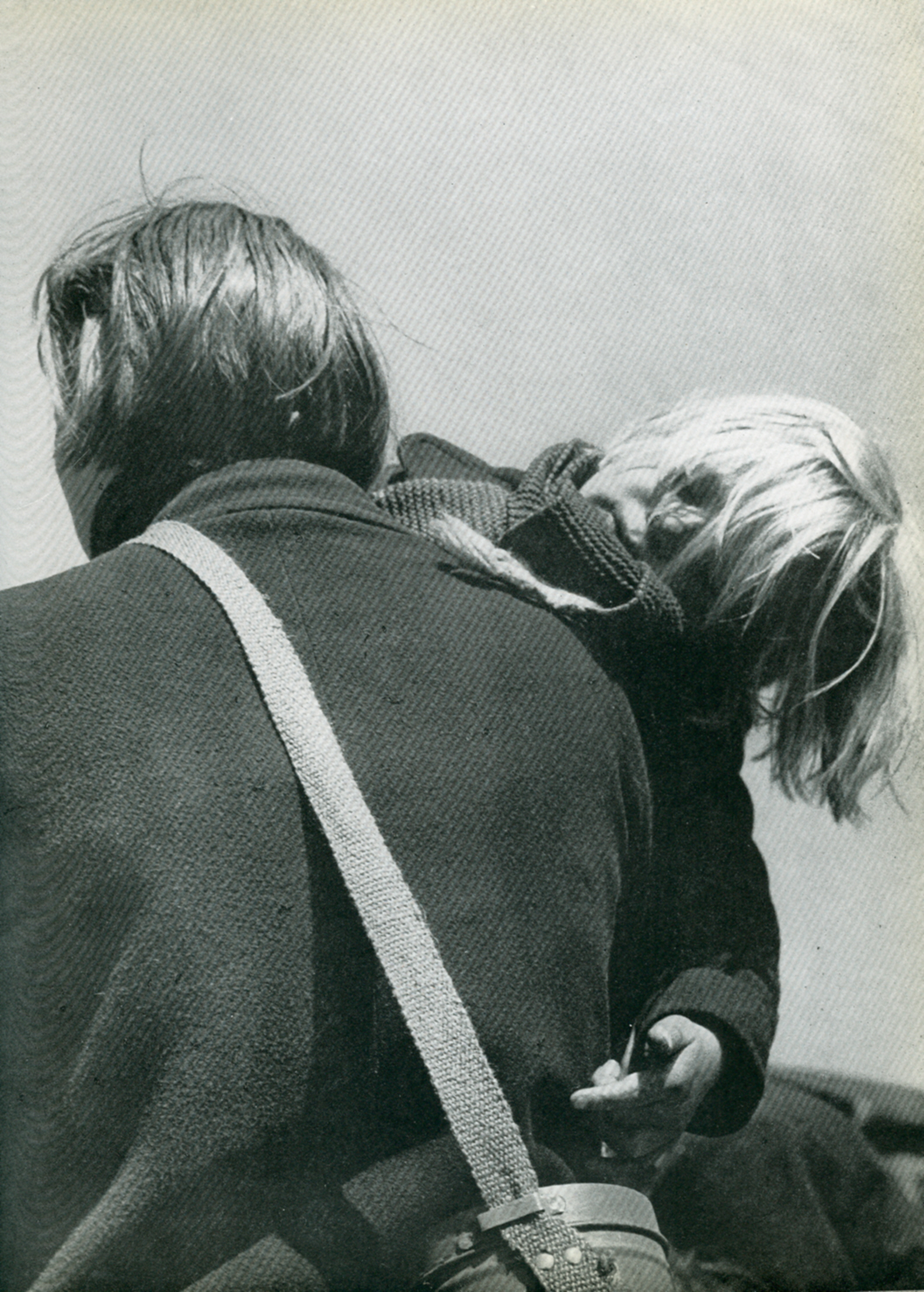
Chronology Therese Bonney
1894
- Mabel Therese Bonney is born in Syracuse, New York
1900
- She moves to California
1916
- She graduates from the University of California
1917
- She takes her M.A. in romance languages at Harvard
1921
- Begins her PHD work at Columbia University
- She travels to France to finish her studies and
becomes one of ten Americans to take the degree of Docteur es lettres at the
Sorbonne in Paris
1923
- She helps to establish the European branch of the
American Red Cross correspondence exchange between the children of Europe and
The United States
1924
- She has her first photo essay printed, on how
chic French dogs dress
1924-1928
- Therese Bonney would travel throughout Europe
giving lectures and organizing Red Cross groups in other nations. She also
founded the first American illustrated press service in Europe, known as "The
Bonney Express"
1929
- Robert M. Mcbride and Company, publish a series of
guide books written by Therese Bonney and her sister Louise. These books
include Buying Antique and Modern Furniture in Paris, A shopping Guide to Paris,
Guide to The Restaurants of Paris, and French Cooking for American Kitchens.
1932
- Therese puts on an exhibition of her photographs
entitles "The Gay Nineties" at George Petit gallery in Paris.
This Exhibition shows a cross section of the lives of Europeans of different
classes, most notably the Royalty.
1933
- Her exhibit "The Gay Nineties" is made into
a book entitled "Remember When?"
1934
- Therese directs the Lafayette centenary exhibition in
Paris to commemorate one hundred years after the death of Lafayette
1935
- She becomes the director of a new Gallery at Rockefeller
center for French art, in an attempt to create relations between the French the
American people.
1938
- Upset with the quality of photographs her employees
are presenting her, Therese Bonney takes a trip to the Vatican to photograph
life within the city.
1939
- Her book "The Vatican" is published
- Later in 39 she travels to Finland to photograph the preparations
for the Olympic games. While there she gets caught up in the Russo-Finish
war and is the only photojournalist present for two months, having the story exclusively
to herself. At the end of the conflict Therese Bonney is awarded the White
Rose of Finland for her bravery.
1940
- She is able to leave Scandinavia just before the Nazi
invasion, and returns to France to continue her work with the Red Cross.
- She is made the official photographer of military
headquarters of the French army.
- She is forced to leave France because of the
impending Nazi threat and returns to the United States. Upon her return
she establishes an exhibition of her photographs for the library of congress
entitled "To Whom Wars are Done" which showed the impact of war
on the common people of Europe.
1941
- Therese returns to Europe to continue taking
photographs
- She receives the Croix de Guerre, with star, from
the French ministry of war at Vichy for her work through the Red Cross and
photojournalism.
- She makes a record of blitzed
England
1942
| -Therese is received as a guest of Lord and Lady Astor at Clivenden. This is where she first meets Bernard Shaw and took pictures which would contribute to the book written by B. F. Rattray entitled Bernard Shaw: A chronicle |  |
1943
- At this point Therese had been taking photographs
since her return to Europe in 1941, and she finally feels she has compiled
enough. At a Benefit of coordinating council of French relief societies
Inc.. Therese Bonney shows enlarged photographs of what would become her best
known work, Europe's Children.
1944
| - She composes the book Europe's Children, but because of its content ten different publishers turn it down; so she decides to publish the book herself. When the initial stock of two thousand copies sell out in record time, Duell, Sloan and Pearce, INC pick it up for publication. |  |
|
Image from cover of Europe's Children |
1950's - 1970's
- In her later years Therese Bonney sought to reveal
the plight of the elderly around the world. She takes up efforts lobbying
to extend Medicare benefits it American citizens living over seas, and worked to
raise the awareness of the situation of elderly people around the world.
She even wants to compose a book on the elderly much like Europe's Children
but unfortunately never gets the opportunity.
1974
- At the age of 80 Therese Bonney re-enters
the Sorbonne to work on a doctorate in the field of gerontology.
1978
- on January 23, Therese Bonney dies in an
American hospital in Paris, France of an arteriosclerosis heart disease.
She was laid to rest at Cimetiere Nouveau de Neuilly-sur-seine in France.